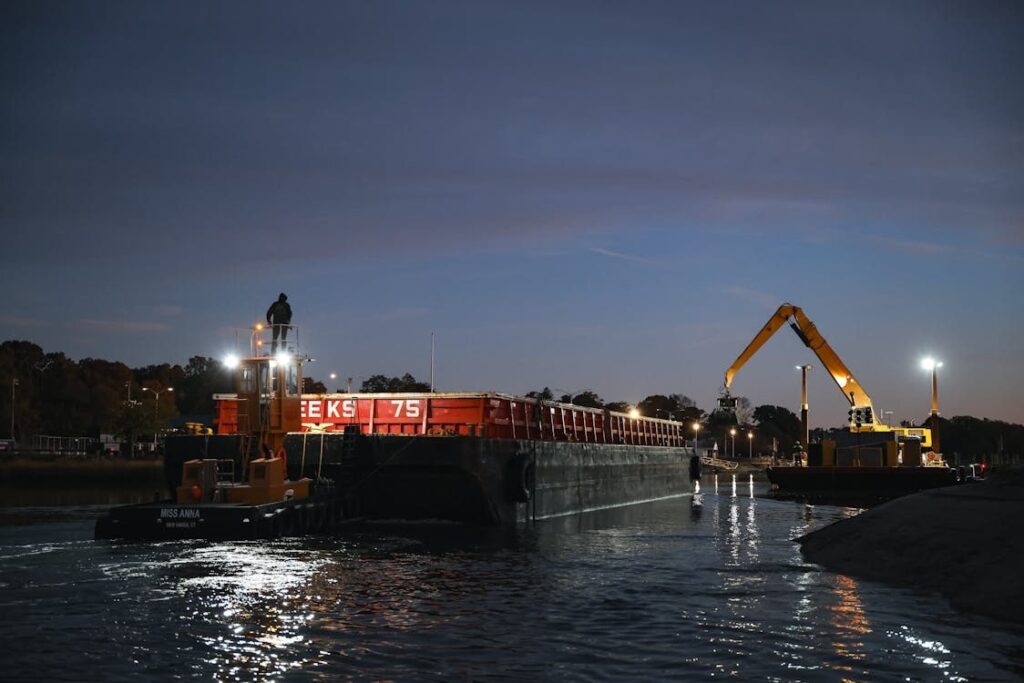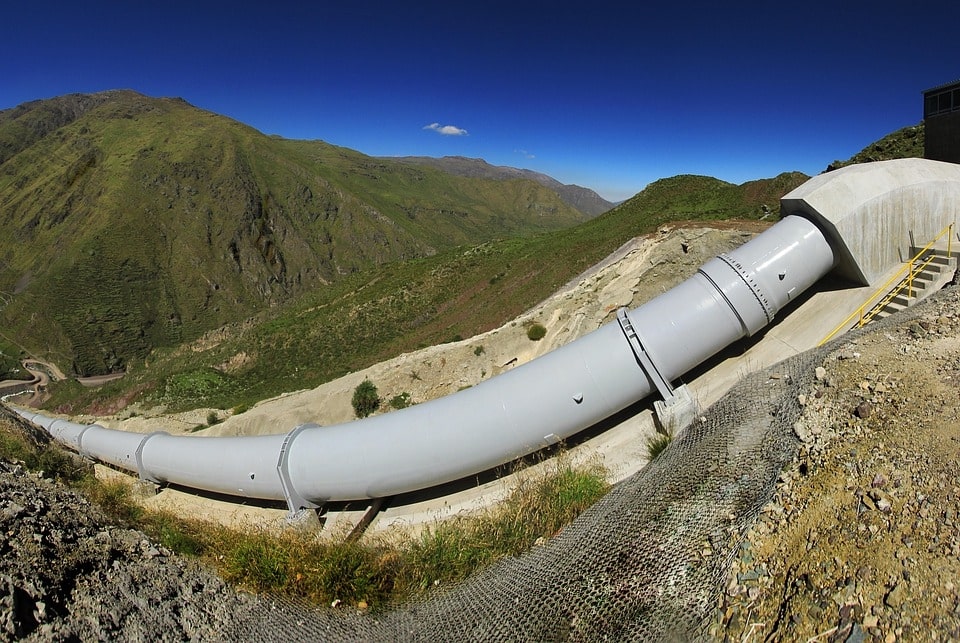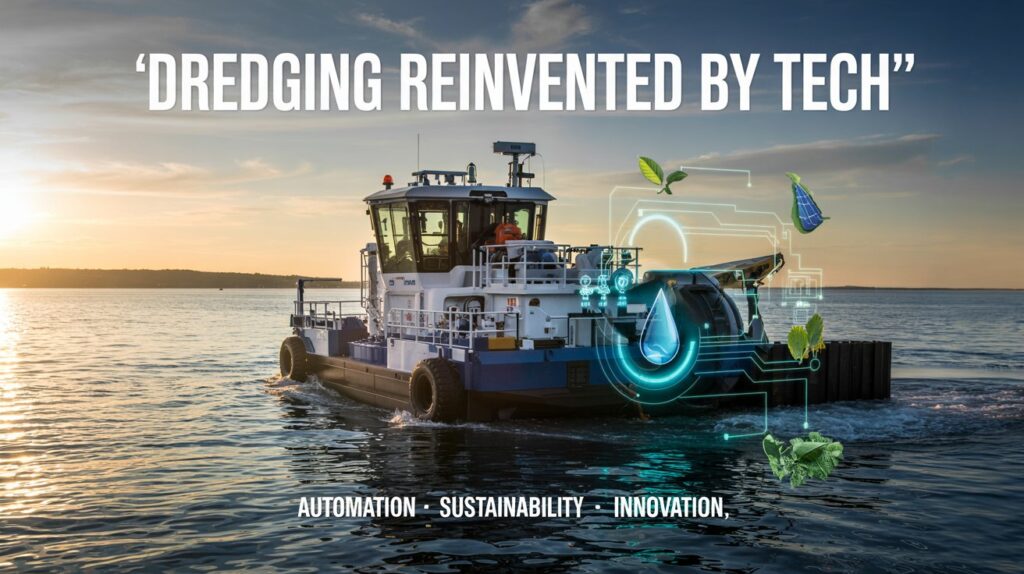Dredging plays a crucial role in various industries, from mining to environmental cleanup. As this sector evolves, technological advancements are redefining how dredge operations are conducted.
Enhancements in equipment design, performance, and automation significantly influence efficiency and sustainability. This article will look closely at the innovations transforming dredge equipment and how they’re improving operational capabilities and environmental compliance.

Image source: https://www.pexels.com/photo/barge-and-dredging-equipment-at-twilight-in-stamford-28948957/
Modern Engineered Solutions in Dredging
Engineered solutions have transformed dredging from a labor-intensive activity to a highly efficient process. One significant development is the advancement in pump technologies, particularly with brands like DAE Pump, which enhance hydraulic performance. Their newer models provide better energy efficiency and durability, allowing for sustained operations without frequent breakdowns. Most dredge equipment experts agree that these innovations contribute to a lower cost of ownership while improving the likelihood of meeting project deadlines. The focus on materials science is evident in recent dredging equipment designs.
Lightweight, corrosion-resistant materials like advanced polymers and composites are increasingly used to manufacture components. This shift not only reduces the overall weight of dredging equipment, making it easier to transport and deploy, but also extends the operational life of the equipment itself. Operators can expect lower maintenance costs due to reduced wear and tear, making investment in modern dredge equipment more appealing.
The Role of Automation in Dredging
Automation has paved the way for increased precision and efficiency in dredging operations. Advances in control systems and sensor technologies equip dredgers with better monitoring capabilities, leading to enhanced operational oversight. Automated systems can analyze real-time data to make instant adjustments, resulting in improved dredge performance on the job site.
The integration of automated dredging vessels is a game-changing aspect of modern operations. These unmanned vessels can navigate and perform dredging tasks with minimal human intervention, significantly reducing labor costs and increasing safety for workers in hazardous environments. The ability of automated boats to operate continuously can enhance productivity levels compared to traditional manual operations, leading to faster project completions.
Environmental Considerations in Dredging Technology
With increasing scrutiny on environmental issues, dredging technologies are evolving to minimize ecological impact. Companies are implementing systems to contain sediment and prevent dispersion into surrounding waters. Advanced filtering systems in dredge equipment can significantly reduce the introduction of pollutants into the environment. Beyond just operational techniques, regulatory compliance is prompting technological advancements.
Equipment increasingly includes features that monitor emissions and ensure adherence to environmental regulations. This not only helps organizations align with legal requirements but also promotes sustainability within the industry. Future trends indicate a growing commitment to maintaining ecological integrity while conducting dredging operations.
As environmental concerns continue to grow, the development of eco-friendly dredging solutions is becoming a priority. Some technologies now include real-time monitoring of water quality during dredging processes, allowing for immediate action to mitigate environmental damage. Innovations in dredging methods, such as precision dredging, aim to minimize unnecessary disturbance to aquatic habitats, ensuring a more sustainable approach to sediment removal. These advances are crucial in balancing the need for dredging with the imperative to protect and preserve the surrounding ecosystem.
Collaboration and Industry Trends
Cooperation among stakeholders in the dredging industry is fostering innovation and sharing best practices. Collaborative projects often generate valuable insights that can lead to technological advancements. These partnerships help in researching and developing sustainable dredging technologies, thus promoting industry-wide growth and development.
Continuous professional development and education within the sector play a supporting role in encouraging technological adoption. Workshops and training sessions designed for dredging professionals address new advancements, ensuring that the workforce remains well-versed in operating modern equipment effectively. Such educational initiatives help bridge the gap between traditional practices and contemporary technological applications, fostering a more skilled industry.

Image source: https://pixabay.com/photos/pipeline-hydroelectric-power-station-1264089/
Future Prospects: Where is Dredging Heading?
Looking ahead, the dredging industry is poised for substantial change as technological innovations continue. With advancements in artificial intelligence (AI) and machine learning, future equipment may exhibit self-optimizing capabilities, allowing for even greater efficiency in dredging operations.
These technologies promise to analyze past performance data and automatically adjust operational parameters for optimal outcomes. The growing use of renewable energy sources for dredging equipment, such as solar and wind energy, is expected to gain traction. Incorporating these energy sources into operations can lead to a significant reduction in the carbon footprint of dredging activities, aligning the industry with broader global sustainability goals.
The future of dredging will involve responding to both economic pressures and environmental mandates. By adopting modern technologies and promoting innovative practices, the dredging sector can meet the challenges ahead while ensuring efficient, safe, and sustainable operations.
The integration of advanced technologies in dredging equipment represents a pivotal moment for the industry. As engineers and operators become more equipped to tackle the evolving challenges, they must remain committed to achieving operational excellence and environmental stewardship.

